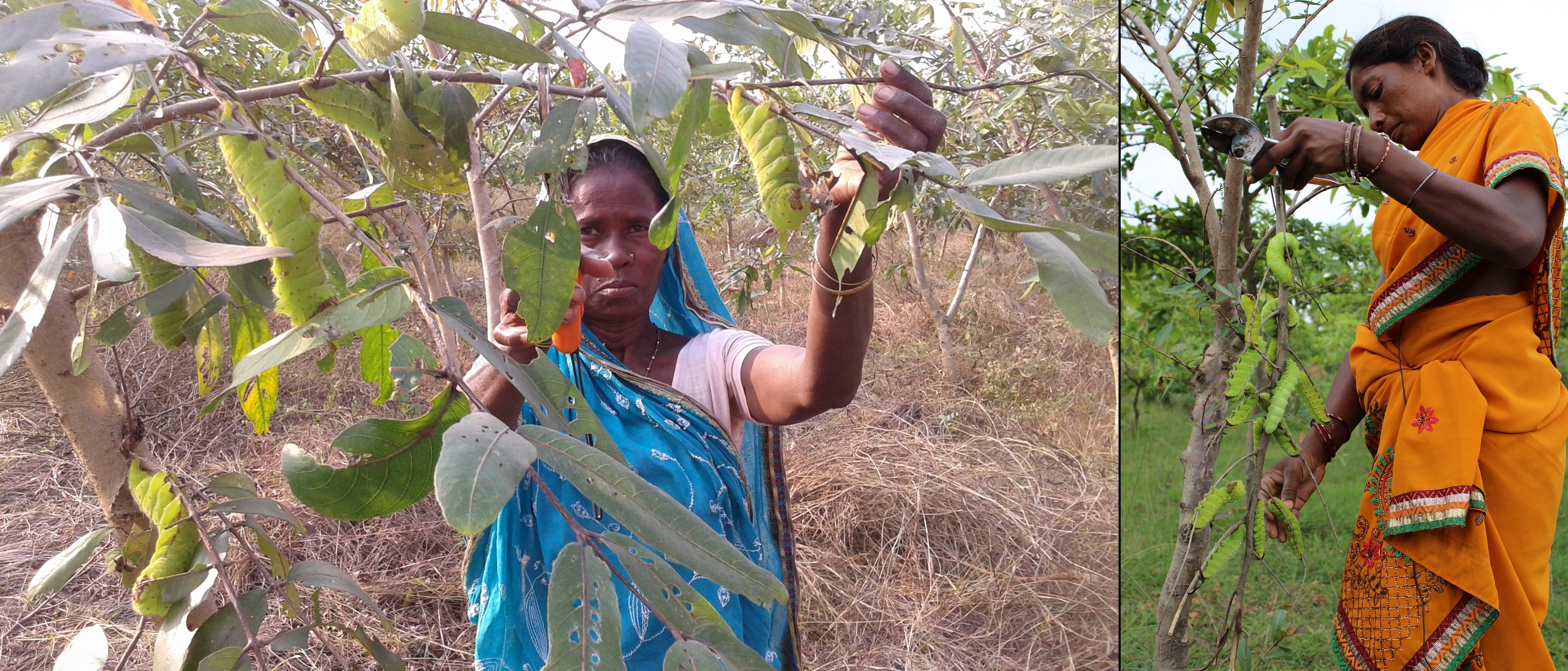For the third time, SAP will undertake a long-term investment of €3 million in the Livelihoods Carbon Funds (LCF). The funds finance large-scale ecosystem restoration, agroforestry, biodiversity preservation, and clean energy projects in developing countries to enable much-needed climate action and improve the lives of communities around the world.
With the objective to create positive economic, environmental, and social impact within planetary boundaries, SAP has made a tremendous effort to become a more sustainable company over the past 10 years. Combatting the damage caused by climate change is one of the company’s sustainability priorities.
“SAP’s key lever is our product portfolio, with which we can enable customers to reduce their carbon outputs and transition to a low-carbon economy,” says SAP Chief Sustainability Officer Daniel Schmid. “If we look at our broad reach with more than 400,000 customers, the potential for us to make a difference could be enormous. To be credible, we have to start with ourselves though.”
Aiming to lead by example, SAP aspires to become carbon neutral in its own operations by 2025 and to contribute to United Nations Sustainable Development Goal (UN SDG) 13: Climate Action. SAP has a three-pillar approach to achieve this: avoid, reduce, and compensate carbon emissions. While avoiding and reducing CO2 emissions altogether comes first and a portfolio of corresponding measures is being established, some emissions are unavoidable today. This is where projects realized through the LCF come into play.
The first LCF was launched by corporate investors, such as Danone, Hermès, SAP, and Schneider Electric, in 2011 to support programs that protect the climate, restore ecosystems, promote sustainable agriculture, and improve smallholders’ and vulnerable people’s lives. Since this perfectly aligns with the company’s purpose to help the world run better and improve people’s lives, SAP is committed to participate in the third LCF with an investment of €3 million. The funds are long-term, project-bound investments to achieve resilience at scale. Launched in 2017, the Livelihoods Carbon Fund #2 has been created to accelerate climate action, bring current projects at a larger scale, and finance new projects to improve the lives of millions in communities.

Coastal Trees to Keep Tsunamis at Bay
One of the funds’ most accomplished reforestation projects is with Yagasu, a non-governmental organization (NGO) that works on mangrove restoration in Indonesia. Coastal trees have been proven to be crucial in areas that are frequently affected by tsunamis – just 30 of them per 100 square meter can help reduce tsunami flow by 90 percent. With progressing deforestation due to industrialization in Northern Sumatra, effects of future tsunamis would affect the area even more.
So far, around 18 million mangrove trees have been planted, restoring over 5,000 hectares of mangrove forests and positively impacting the lives of 20,000 people. Apart from providing vital agricultural land, the mangroves also allow local villagers to generate additional income by selling some of the byproducts from the small ecosystem, such as fish and mollusks. Additionally, these trees will help capture approximately 2 million tons of CO2 over a period of 20 years. This is where the investment contributes to SAP’s carbon-neutral goal. Instead of monetary compensation, investors receive carbon credits of high social and environmental value to offset some of their inevitable emissions.
Silk Threads to Offset Emissions
The newest 2020 project financed by the LCF #2 will establish and enable livelihoods from silk tree plantations in India, the world’s largest silk consumer and second largest producer of tasar silk. Tasar silk production involves rearing silkworms on trees where they will feed on leaves before cocooning themselves. Each cocoon is made of a single thread that can be processed into yarn and silk fabric.
In India, peoples such as the Adivasis have produced “wild silk” from cocoons for centuries using natural forests. The project will foster silkworm rearing activities in these forests, and thereby reduce the risk of deforestation. It will also enable the conversion of wastelands into diverse plantations. The estimated 3.6 million trees that will be planted are expected to generate 1.4 kilotons of CO2 emission offsets over a period of 20 years. However, the benefits of this project go even further than capturing CO2. Since the tasar silk value chain involves many individual steps, the project is expected to create job opportunities for over 5,000 people.
All together, the project will not only generate carbon offsets addressing UN SDG 13, but also be a valuable contribution to UN SDGs No Poverty, Quality Education, Gender Equality, and Life on Land.
SAP is proud to be part of the LCFs. Bernard Giraud, president of Livelihoods Venture, describes it as a win on multiple levels: “We invest only when we are convinced that the project will be carried out over the long term by highly-involved, local communities and partners who have demonstrated their ability to implement these kinds of projects successfully. Livelihoods provides upfront financing to plant millions of trees and provide trainings to the farmers in sustainable land management, soil restoration, and production and distribution of rural energy solutions. All benefits go to the local communities, from increased fish stocks thanks to the restoration of mangroves ecosystems in Africa and Asia to coffee and fruit from the Araku valley in India. In return of its investment, the Livelihoods Carbon Funds receive carbon credits that are audited and certified under the highest international standards.”
Bernard will be joining the SAP Sustainability team in a public, interactive panel conversation on August 12 at 5:00 p.m. CET. Those interested are invited to sign up. The virtual session “Toward Carbon Neutrality” is part of the “Sustainability in Practice” series hosted on the SAP Purpose Network Live.
